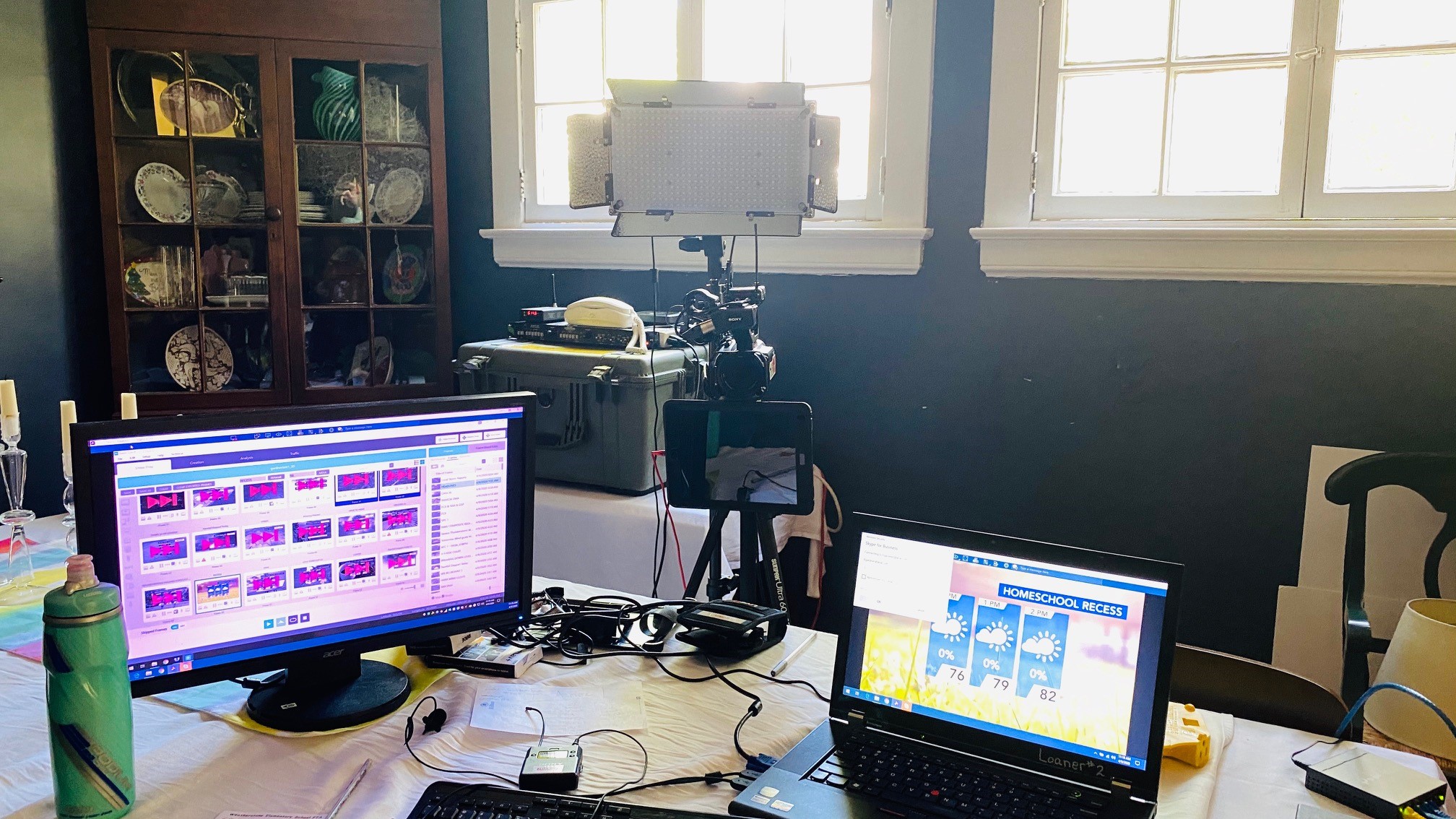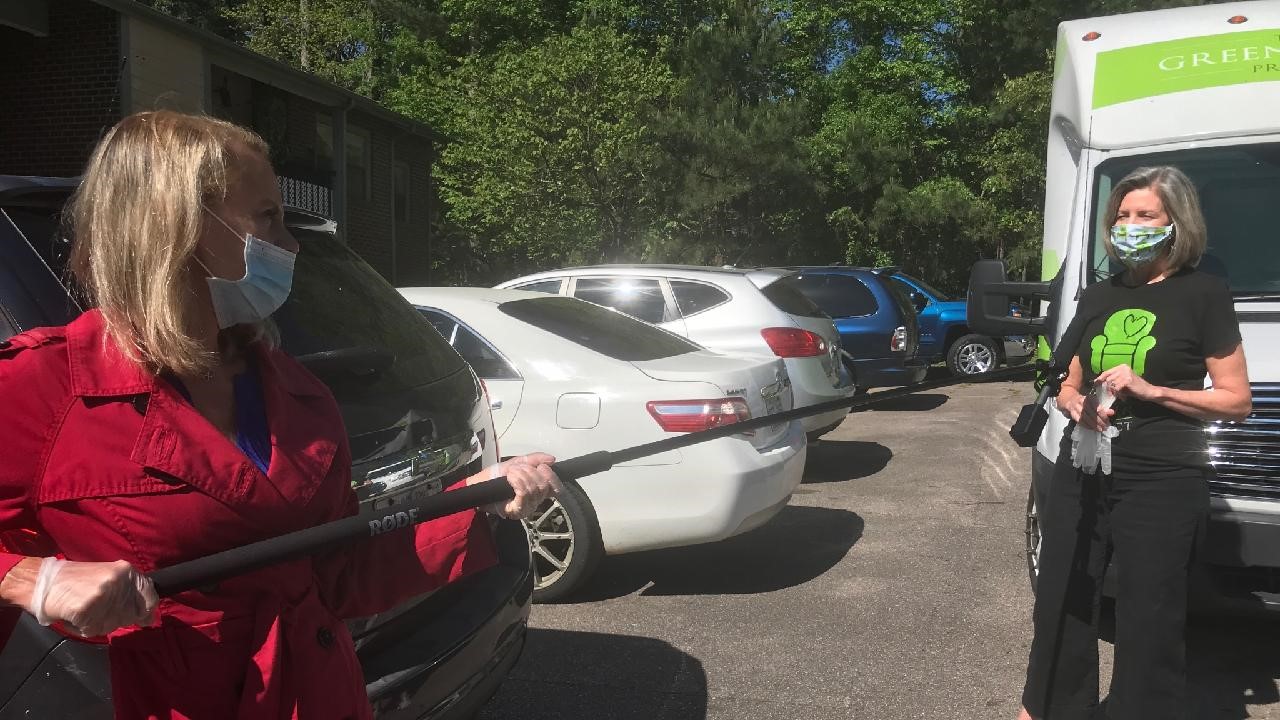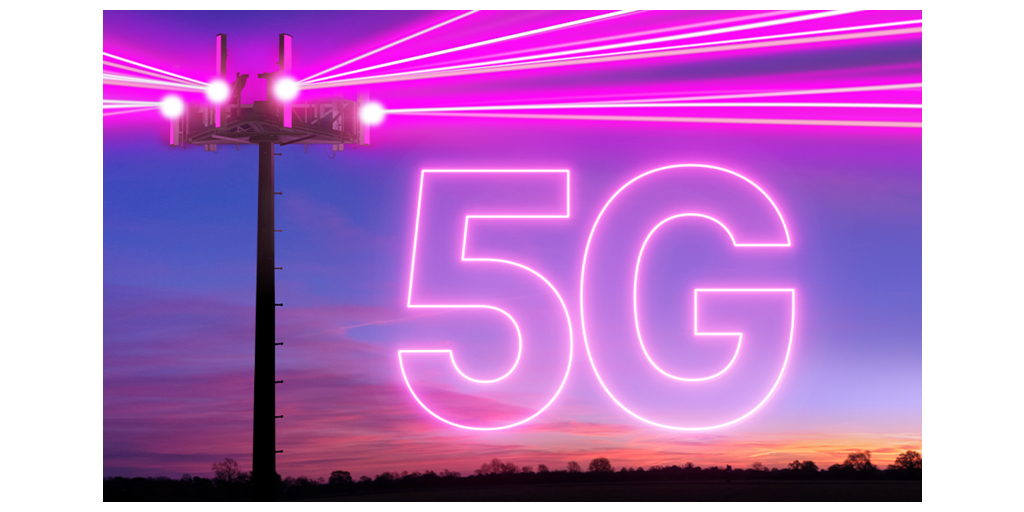
RALEIGH, N.C.—As a fast growing urban center not far from the Atlantic coast, the Raleigh-Durham, N.C., area has seen its share of natural disasters, including Hurricane Dorian last fall. So it’s not unusual for WRAL-TV, the Capitol Broadcasting Company-owned NBC affiliate to be prepared for the unexpected.
Preparing for the coronavirus pandemic, however, prompted a longer-term technical challenge, though, as news crews, anchors and managers had to quickly arrange for in-home broadcasting as well as keep their employees safe in a situation that sees no immediate end in sight.
“We realized early on that we needed to act quickly and decisively and our primary focus was how we could distance key personnel from the newsroom,” said Leesa Moore, director of news operations and special projects for WRAL-TV. “That was our primary focus.”
Of the 151 employees, managers had to first determine what was the minimum number of staff who could remain at the station and who was able to broadcast from home.
“Right off the start, we identified personnel who we knew were outfitted to work from home,” Moore said. “We needed to make sure that any staff working in the field were well equipped to do their job safely, but they were not going to come back in the building.
“I think we went about it as systematically as you could and I did document dayparts and jobs, so we have a spreadsheet of who is allowed where and when,” she added. “How we determine who is in the building is not number driven but rather shift driven.”
Remote production is not new and in this age of file-based workflows and working in an IP and cloud environment, the process of home setups was more about expanding capabilities and ensuring reliability, according to Tony Gupton, technical project coordinator for WRAL.
The professional video industry's #1 source for news, trends and product and tech information. Sign up below.
“We have a lot of the technology, we just needed to learn how to use it in a bigger fashion—we're talking IFBs, LiveUs, frame syncs coming into the control room, that sort of thing,” Gupton said. “I had to separate our reporters and photographers and figure out how they were going to go about working in tandem without being in close physical contact 8-10 hours a day.”
The station’s master control is “state of the art,” according to Moore, so social distancing was not as much of an issue.
“We closed entry to that room so it is only essential personnel, and we've given people pretty strict instructions on how they should enter and leave their workspace,” she said. “We just built a new news set, so thankfully that has really served that purpose well. Anchors are no more than 6 feet in proximity, even on the set.”
Gupton was responsible for setting up home studios for reporters and anchors, which created its own set of challenges.
“The idea was to build them a studio that was user friendly—something that you didn't need to have an entire crew or control room to put on the air,” Gupton said. “Anchors are interacting with reporters, meteorologists need to see their weather maps from their home, so we needed an in-home setup that was robust and durable enough to last three to four hours at a time, when you start thinking about batteries, bandwidth things like that.”
For ENG crews in the field as well, protection was a priority. Crews are given survival kits including sanitizer wipes, microphone covers and boom extensions to keep reporters and subjects at least 6 feet apart.
“As the pandemic progressed, we added additional measures in terms of distancing,” Moore said. “Perception is a big part of this too. If the viewer doesn’t think you're practicing what you're preaching, they will call you out and they’ll say, ‘what part of social distancing does your crew not understand?’

“So we not only had to be duly diligent in making sure our people are protected but we're also protecting our viewers,” she added.
Ensuring a reliable connection with an in-home studio is vital to keeping viewers informed. Gupton says they’ve done well so far.
“We're LiveU customers, so we're using the combination of cell modems and in some cases, when I go into the anchor's homes and realize that their home network is stable enough and good enough, then we can use some units that don’t require cells,” he said. “So it's kind of half and half—it depends on their own home network and how reliable it is, but so far, we have figured that out and gotten the right combination of units in the right homes. Knock on wood, everything is running very, very smooth.”
Has the experience of the past month and a half prompted the station to think about how news reporting will change in the future?
“I think on the back side of this, there could be some changes,” Gupton said. “Could we have done this five years ago? Probably not, we were still running satellite trucks. What will we do in the future when this dies down? It could change some of the way we do some things. I'm not sure.”
With 11 hours of news to produce daily, Moore thinks the station’s response has helped bring them closer to their viewers.
PLUS: Maintaining 'Broadcast Quality' During Coronavirus
“We started producing nightly specials at 7:00 called ‘Facts Not Fear,’ and we started telling viewers early on, you can trust us, we're going to give you the facts, we're not going to try and invoke fear,” she said. “And I think it really paid off, if they don’t think we’re ‘walking the walk,’ they call us out on it. And we answer every single email personally.
“When issues arise or our employees have questions or concerns, they’re addressed immediately, because they are the backbone of what we do and if we show any type of hesitation or unease on air, that’s going to translate to our viewers,” Moore added. “So we need to make sure everyone is comfortable with the new expectations and I think we're pretty much there.”
Tom has covered the broadcast technology market for the past 25 years, including three years handling member communications for the National Association of Broadcasters followed by a year as editor of Video Technology News and DTV Business executive newsletters for Phillips Publishing. In 1999 he launched digitalbroadcasting.com for internet B2B portal Verticalnet. He is also a charter member of the CTA's Academy of Digital TV Pioneers. Since 2001, he has been editor-in-chief of TV Tech (www.tvtech.com), the leading source of news and information on broadcast and related media technology and is a frequent contributor and moderator to the brand’s Tech Leadership events.

